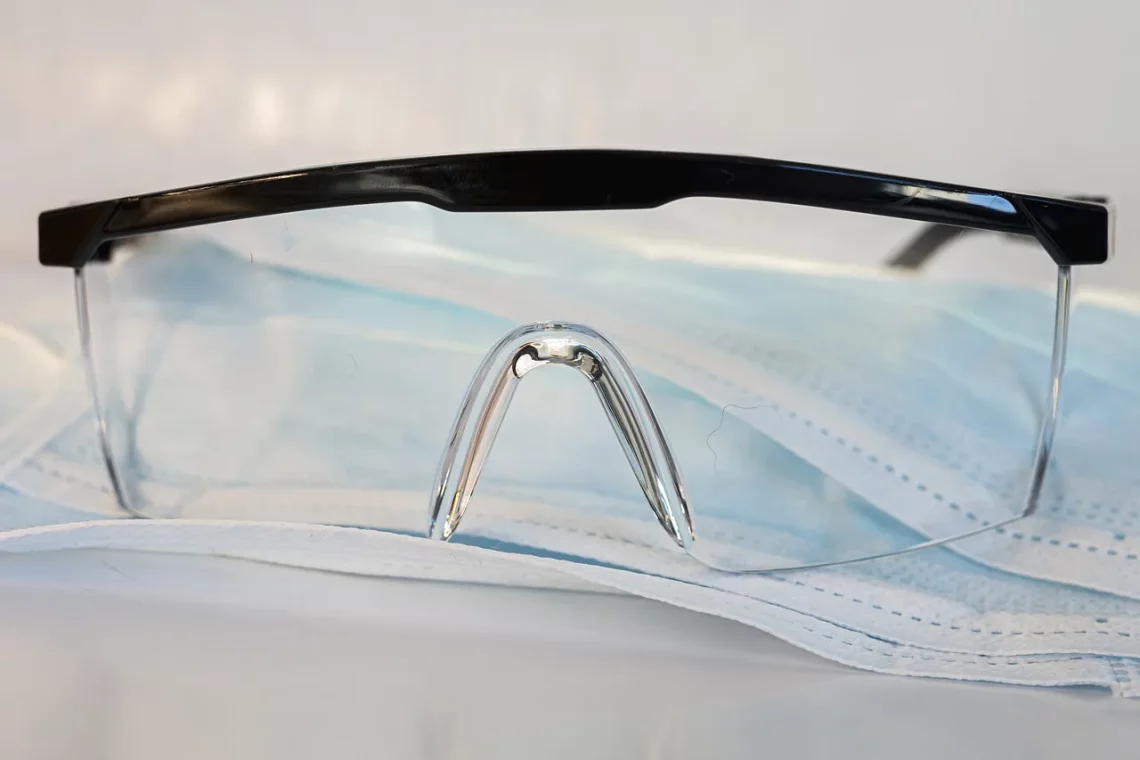
Essential Guide to Choosing the Best Women’s Ski Goggles
When it comes to hitting the slopes, having the right gear is essential for an enjoyable and safe experience. Among the key equipment that every skier needs, goggles stand out as a crucial accessory. They not only protect your eyes from harsh UV rays, wind, and snow but also enhance your visibility in varying light conditions. With the variety of styles and features available on the market, selecting the right pair of women’s ski goggles can be a daunting task. The perfect goggles can make all the difference in your performance and comfort on the mountain, ensuring that you can focus on perfecting your technique instead of battling foggy lenses or discomfort.
Choosing the right ski goggles is about more than just picking a stylish pair. It’s essential to consider factors such as fit, lens technology, and ventilation systems. Each of these elements plays a significant role in how effectively the goggles perform under different conditions. Additionally, the right goggles can help prevent eye strain and protect against injuries, making them a vital component of your skiing attire. As you prepare for your next skiing adventure, understanding what to look for in women’s ski goggles will empower you to make an informed decision, ensuring that you can confidently navigate the slopes while keeping your eyes safe and comfortable.
Understanding Lens Types and Technologies
One of the most critical factors to consider when selecting women’s ski goggles is the lens type. The lenses of ski goggles come in various shapes and materials, all designed to serve specific purposes. Generally, ski goggles feature either cylindrical or spherical lenses. Cylindrical lenses are flatter and provide a more traditional look, but they can sometimes cause distortion at the edges. Spherical lenses, on the other hand, are curved both vertically and horizontally, offering a wider field of view and minimal distortion.
Beyond the shape, the lens material is also essential. Most ski goggles use polycarbonate lenses, which are lightweight and highly impact-resistant, making them an excellent choice for skiing. Some models also feature lenses treated with anti-fog coatings, which help maintain clear vision by preventing condensation buildup. Additionally, consider the tint of the lenses. Darker tints are ideal for bright, sunny days, as they reduce glare and improve contrast. Conversely, lighter tints are better suited for overcast or low-light conditions, enhancing visibility during snowfall or in shaded areas.
Another significant aspect of lens technology is photochromic lenses, which automatically adjust their tint based on the light conditions. This feature can be particularly beneficial for skiers who frequently transition between shaded and sunny areas, allowing for optimal visibility without the need to switch goggles. Lastly, polarized lenses are worth mentioning, as they enhance visibility by reducing glare from reflective surfaces, such as snow. This is especially useful on bright days or when skiing near bodies of water.
The Importance of Fit and Comfort
The fit of your ski goggles is just as important as the lens technology. A proper fit ensures that the goggles stay securely in place during your runs, preventing any distractions that could affect your performance. When trying on goggles, look for a snug yet comfortable fit around the eye area, avoiding any excessive pressure points that could lead to discomfort over time. Additionally, the strap should be adjustable and wide enough to distribute pressure evenly across your head.
It’s essential to consider the relationship between your goggles and other gear, particularly your helmet. Many ski goggles are designed to fit seamlessly with specific helmet models, providing additional comfort and protection. When selecting your goggles, it’s a good idea to try them on with your helmet to ensure compatibility. The gap between the goggles and helmet should be minimal to prevent cold air or snow from entering.
Another factor to consider is the foam padding around the lens. Most quality ski goggles feature multiple layers of foam that provide comfort and a snug fit. Look for goggles with moisture-wicking properties, as this helps keep your face dry and comfortable throughout the day. Additionally, some goggles come with interchangeable lens systems or customizable features, allowing for adjustments based on personal preference and skiing conditions.
Ventilation Features to Consider
Ventilation is a critical aspect of ski goggles that directly impacts your comfort and visibility. Goggles with poor ventilation can lead to fogging, which can be frustrating and dangerous while skiing. To combat this issue, many modern ski goggles are designed with advanced ventilation systems that promote airflow while minimizing the entry of cold air and snow.
When assessing ventilation, look for goggles with strategically placed vents, often found at the top and bottom of the frame. These vents allow warm air to escape while letting fresh air circulate, reducing the likelihood of fogging. Some models even incorporate fan systems or advanced airflow technologies to enhance ventilation further.
In addition to built-in ventilation, consider how easy it is to clean and maintain the goggles. Lenses that are easy to remove for cleaning can make a significant difference in ensuring optimal visibility on the slopes. Additionally, consider the storage case or pouch that comes with the goggles, as this can protect them from scratches and damage when not in use.
Lastly, keep in mind the weather conditions you typically encounter while skiing. If you often ski in wet or humid environments, prioritize goggles with superior anti-fog capabilities and ventilation features. Conversely, if you typically ski in dry and sunny conditions, focus on lens tint and UV protection.
Style and Personal Preference
While functionality and performance are paramount when choosing women’s ski goggles, style and personal preference also play a significant role. Ski goggles come in various colors, designs, and styles, allowing you to express your personality and match your ski outfit.
When selecting a pair, think about what will complement your ski attire and make you feel confident on the slopes. Many brands offer customizable options, such as interchangeable straps and lens colors, allowing you to switch up your look easily.
Additionally, consider the brand’s reputation and the overall quality of the materials used in the goggles. Some brands focus on innovative technologies and performance, while others prioritize style and aesthetics. Researching customer reviews and expert recommendations can help you find the perfect balance between form and function.
Ultimately, the best women’s ski goggles for you will align with your skiing style, preferences, and the conditions you typically encounter. Taking the time to evaluate different options and features will ensure that you make a well-informed decision, enhancing your ski experience and keeping your eyes protected.
In conclusion, choosing the ideal women’s ski goggles involves a careful assessment of various elements, including lens types, fit, ventilation, and style. By prioritizing these factors, you can find a pair of goggles that not only enhance your performance but also keep you comfortable and stylish on the slopes. Remember that investing in quality goggles is an investment in your skiing experience, ensuring that you can enjoy every moment on the mountain.
*Disclaimer: This article is not a substitute for professional medical advice. For any health-related concerns, please consult a qualified healthcare provider.*




